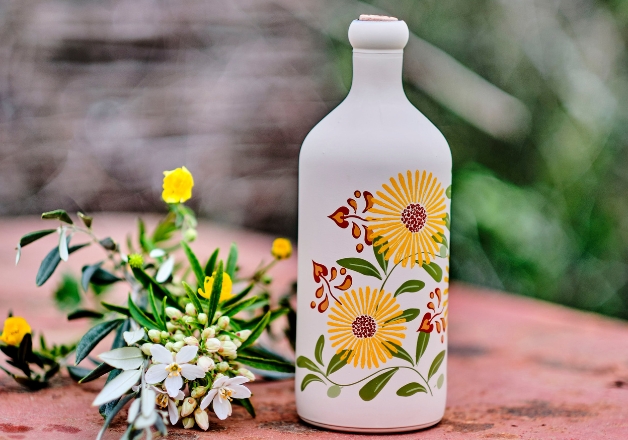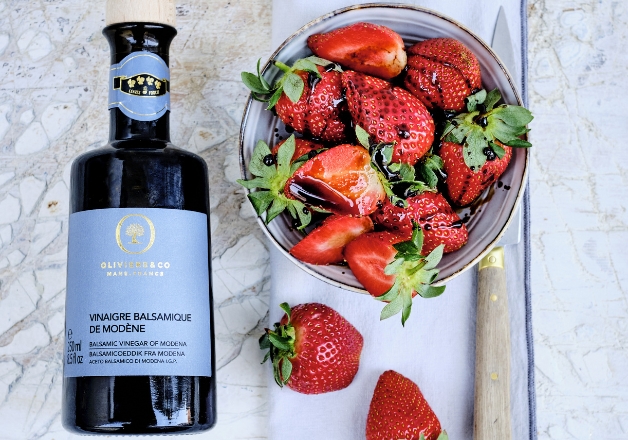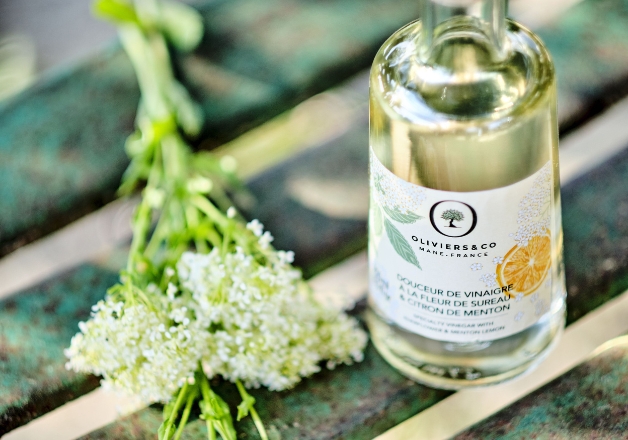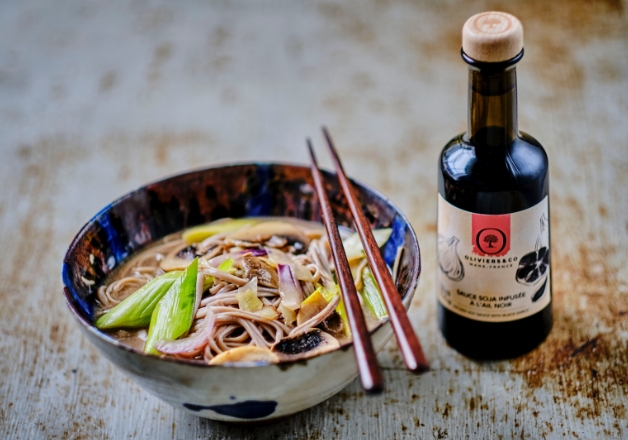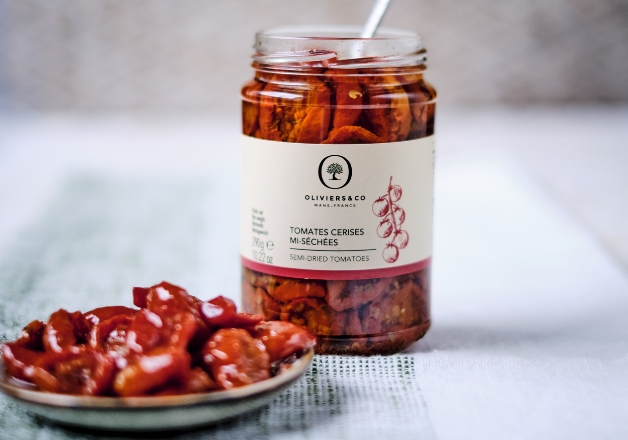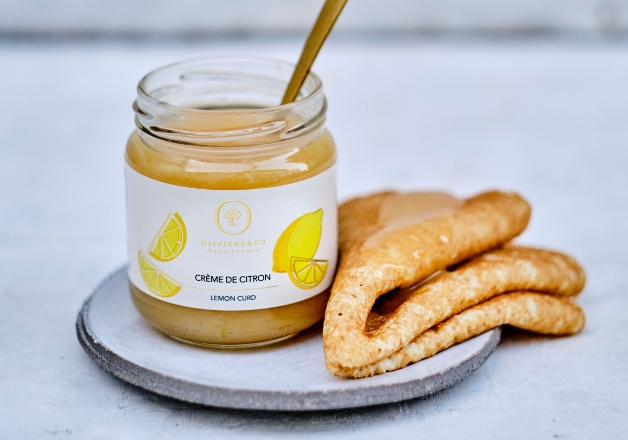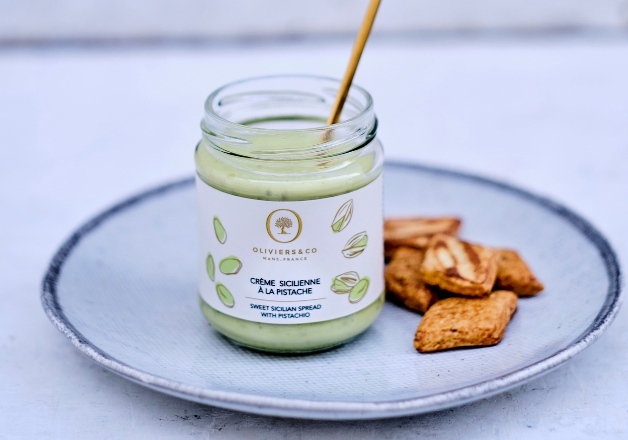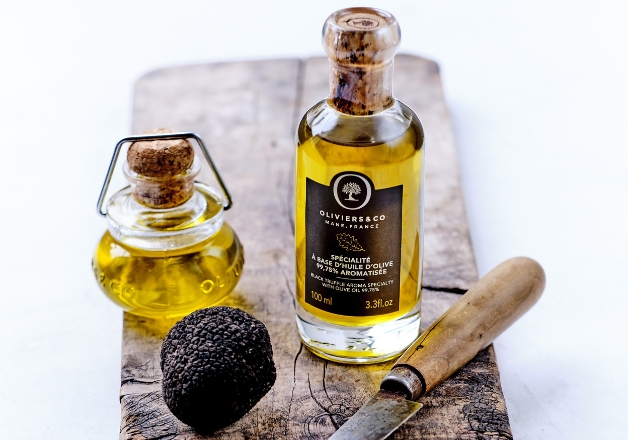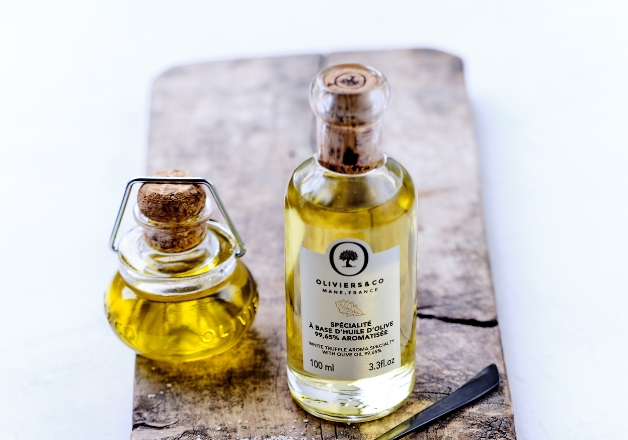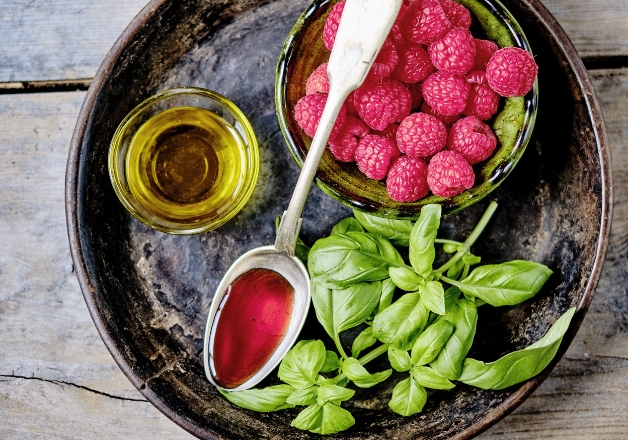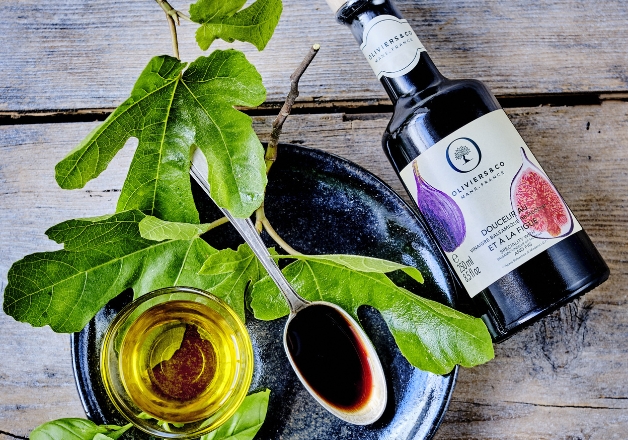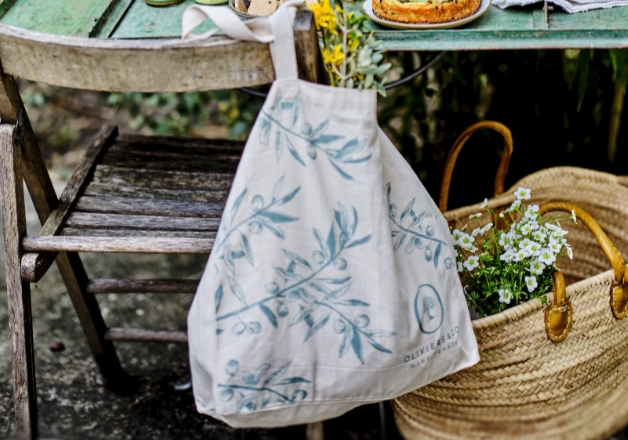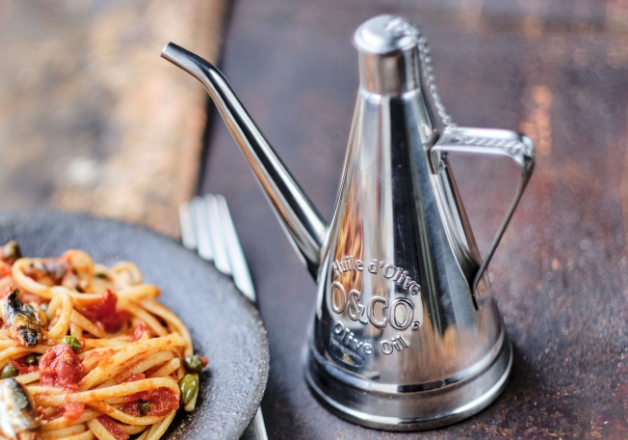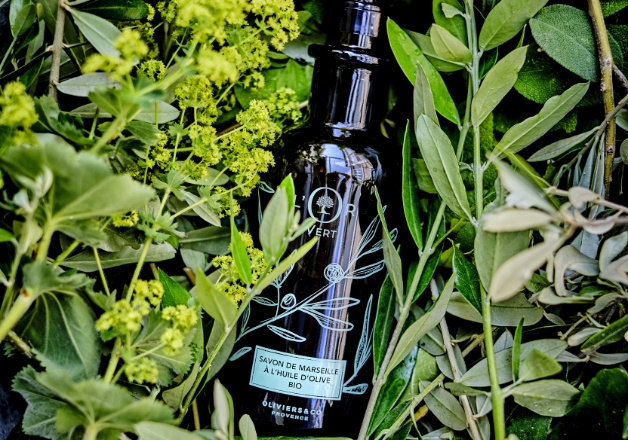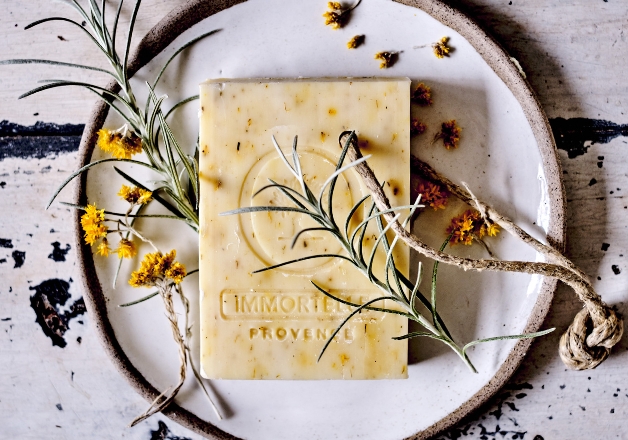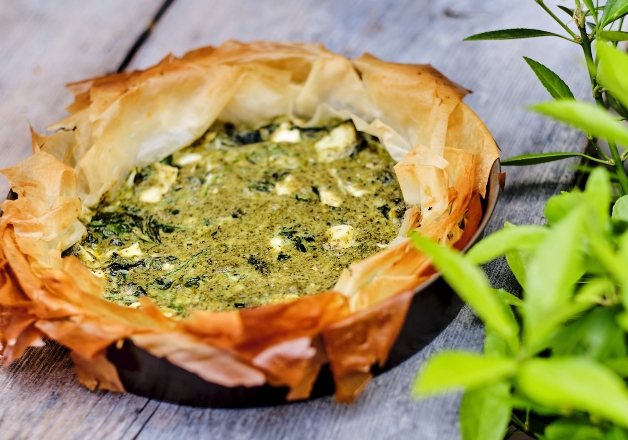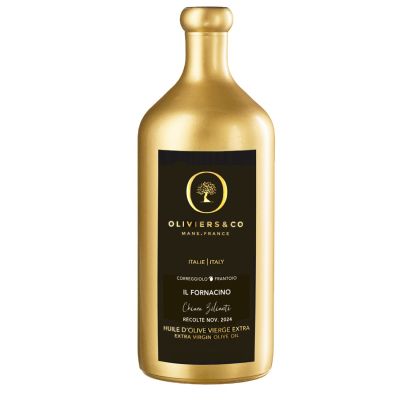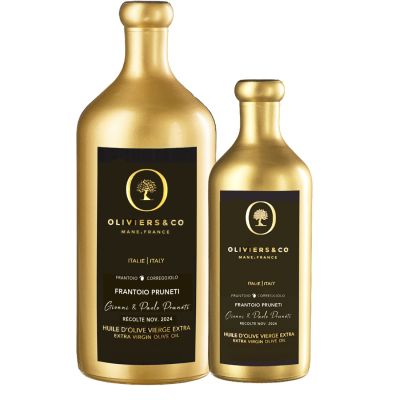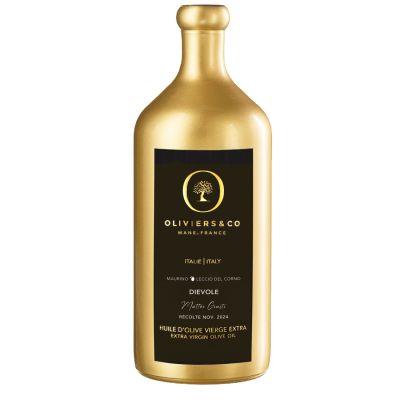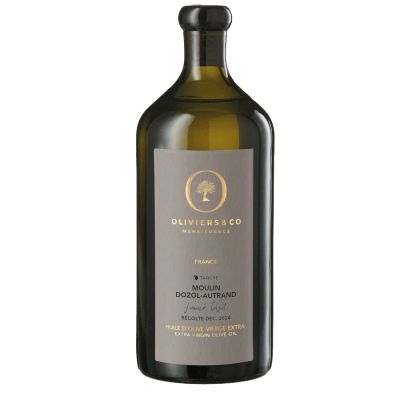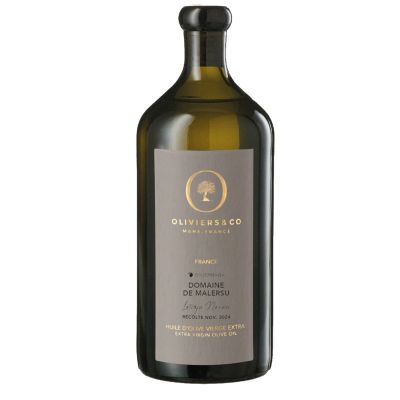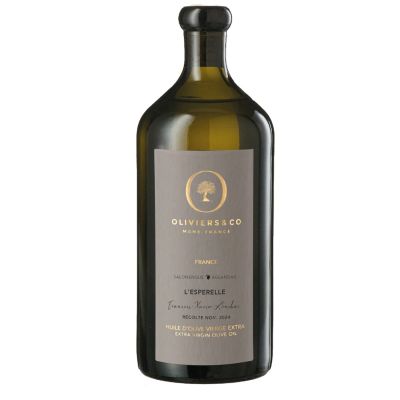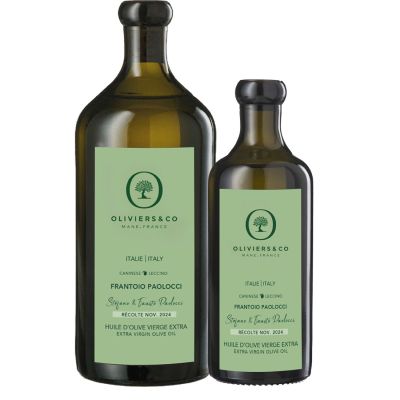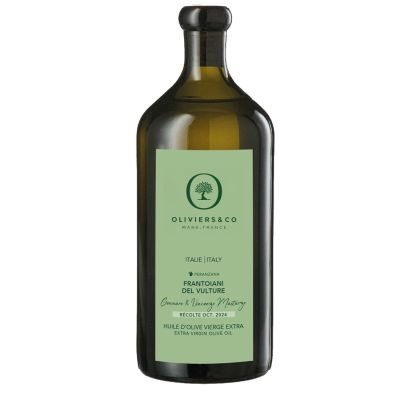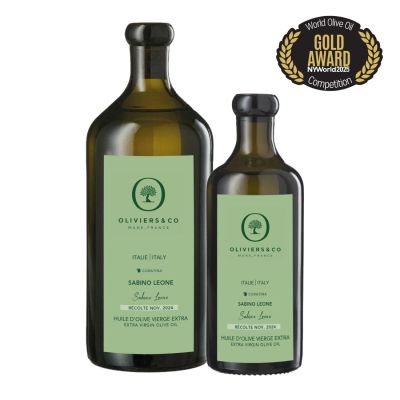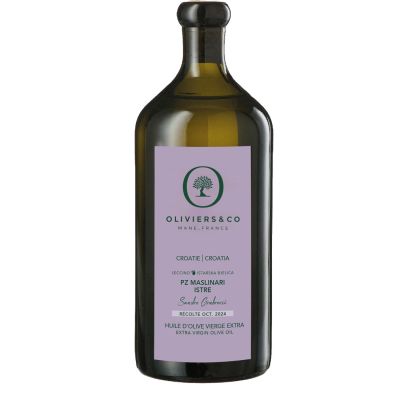

The olive, this small iconic fruit of the Mediterranean, hides beneath its skin one of the most precious treasures of gastronomy: olive oil. But did you know that there are over 2,000 varieties worldwide? Each has its own characteristics, aromas, and a unique connection to its terroir.
The Olive, a Fruit Like No Other
Botanically, the olive is a drupe, meaning a fleshy fruit with a hard stone, like an apricot or cherry. But unlike these fruits, raw olives are usually too bitter to be eaten as they are: they need to be prepared (brined, rinsed, preserved) or pressed. As they ripen, their color changes from green to black. This change is not related to the variety but to the degree of maturity. The oil gradually develops in the pulp:
- An olive contains about 20 to 25% oil
- And 35 to 45% water.
An Impressive Biodiversity
There are over 2,000 varieties of olives worldwide, but only a small fraction are widely cultivated:
- 200 main varieties → represent 90% of global production
- 800 secondary varieties
- 1,000 minor varieties → barely 1% of production.
This abundance of varieties is the legacy of centuries of cultivation, local adaptation, and agricultural expertise. Each producing country has its favorite varieties, shaped by its climate, soil, culture, and processing techniques.
France
France produces little olive oil on a global scale but focuses heavily on quality and distinctiveness.
- Nearly 100 varieties are grown, including 30 main ones.
- Aglandau is very common in Haute-Provence.
- In the Vallée des Baux-de-Provence, Picholine (both crunchy and fruity) and Grossane (milder) are emblematic.
Here, the emphasis is on organoleptic diversity: French oils are often fruity, herbal, and very aromatic, produced in small quantities but with great care.


Spain
As the world’s leading producer, Spain focuses on high-yield, oil-rich varieties.
- The Picual, the most widely grown, is intense, fruity, and very rich in polyphenols (natural antioxidants).
- The Arbequina, milder and rounder, is also widespread and appreciated for its finesse. These olives are particularly suited to high-density cultivation (hedgerows), allowing for large production volumes with consistent quality.


Italy
Italy is renowned for its elegant and expressive olive oils, made from very old local varieties.
- Frantoio: a perfect balance between sweetness and bitterness.
- Coratina: very high in polyphenols, it produces powerful and bitter oils, ideal for intensity lovers.
- Leucocarpa: a surprising variety with a white color because it does not synthesize chlorophyll. It remains rare but intrigues with its ghostly appearance, although its taste is close to classic olives.


Croatia
Along the coasts of Istria and Dalmatia, Croatia has become a rising star in the olive oil world in just a few years.
The Istarska Bjelica is one of the country’s flagship varieties: it produces complex, very green, intense oils with a beautiful bitterness and a spicy kick. Thanks to a unique climate blending Mediterranean and Alpine influences, Croatian oils develop a rare balance and are increasingly winning over chefs worldwide.


Behind every olive oil lies a variety, a terroir, and a craft. Whether you prefer a mild and smooth oil or one that is intense and peppery, there is an olive variety made just for you.

